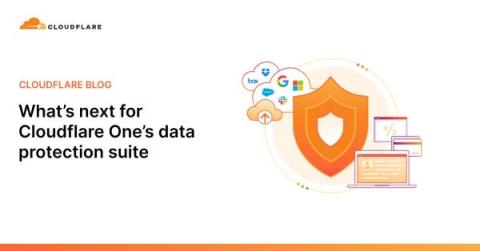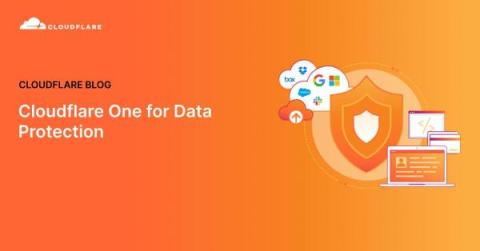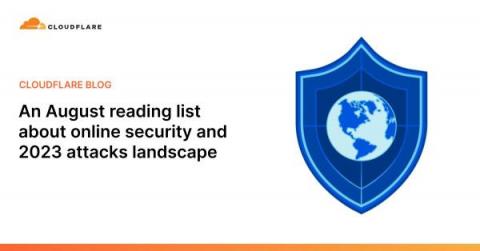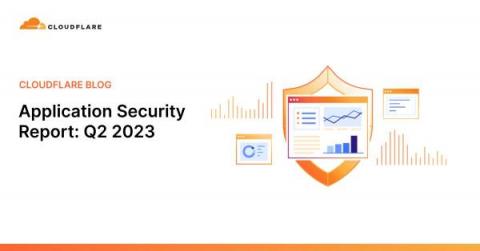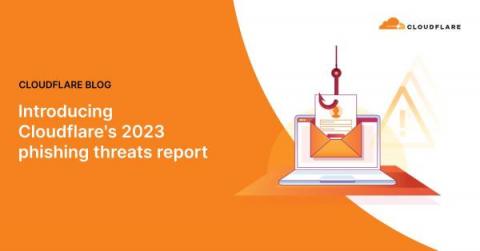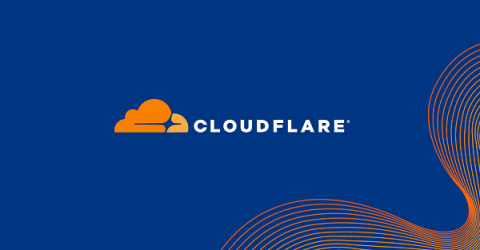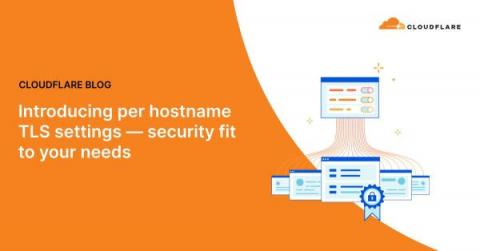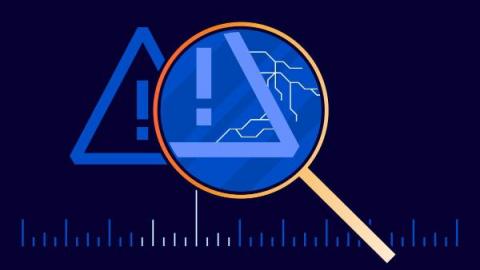What's next for Cloudflare One's data protection suite
Today, we announced Cloudflare One for Data Protection — a unified suite to protect data everywhere across web, SaaS, and private applications. This suite converges capabilities including our data loss prevention (DLP), cloud access security broker (CASB), Zero Trust network access (ZTNA), secure web gateway (SWG), remote browser isolation (RBI), and cloud email security services. The suite is available and packaged now as part of Cloudflare One, our SASE platform.


